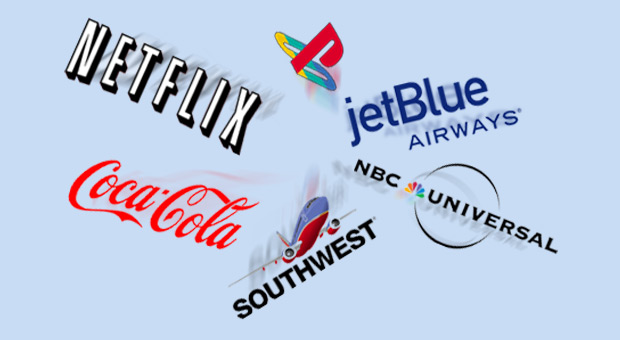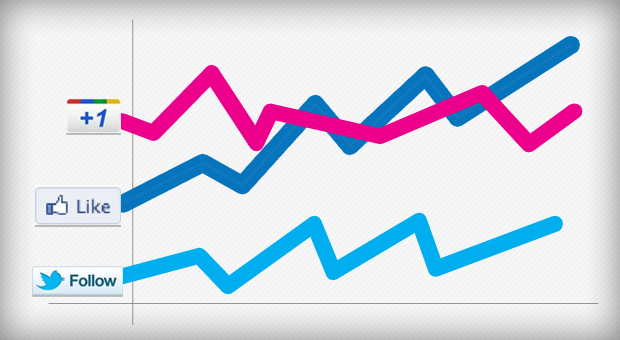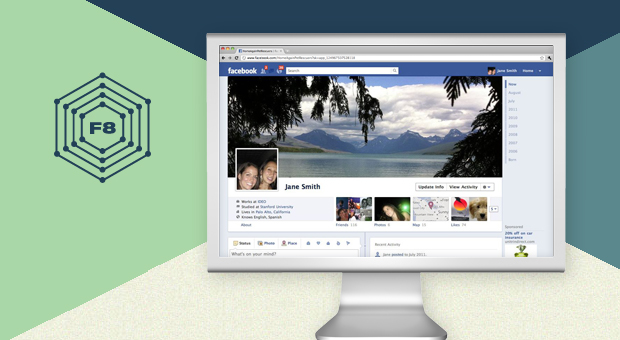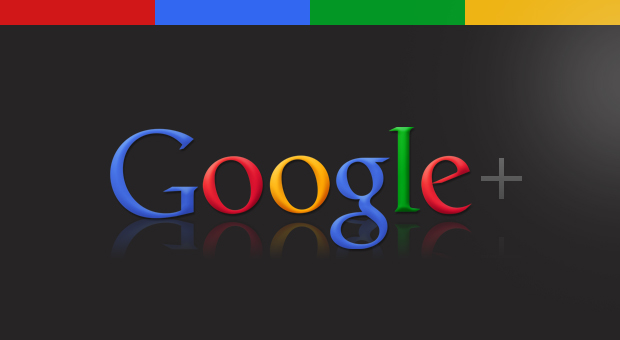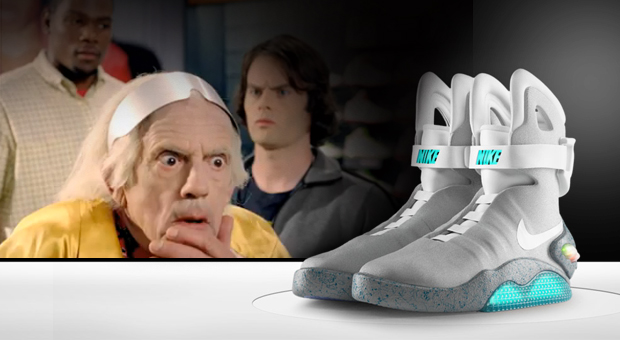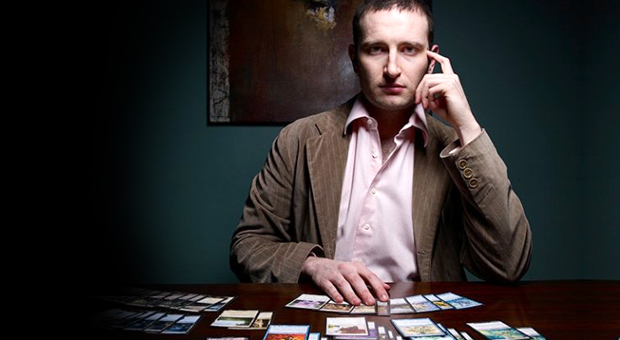With Netflix’s poorly planned and received announcement of Qwikster – as discussed in this iMedia blog – we thought it would be a good time to revisit some famous marketing blunders. The point here is not to poke fun. Most companies and brands that find themselves in hot water with the press or public, like […]
With Netflix’s poorly planned and received announcement of Qwikster – as discussed in this iMedia blog – we thought it would be a good time to revisit some famous marketing blunders. The point here is not to poke fun. Most companies and brands that find themselves in hot water with the press or public, like the ones included below, often have good intentions and just make honest mistakes; understanding what went wrong and how they dealt with it may help others avoid the same pitfalls in the future.
New Coke. This is, of course, the big one. Based on feedback from focus groups and marketing research, Coca-Cola decided it was time to update its legendary soda (read: make it much sweeter) in the face of competition from Pepsi and other beverages. So, in 1985, Coca-Cola introduced “New Coke.” What it didn’t count on was the fact that people would miss the original Coke – a brand and taste that they grew up with – and the backlash was intense. Coca-Cola quickly pulled New Coke from the shelves and released “Coca-Cola Classic” – a new branding that told people the original formula was back, and would help them forget this whole New Coke thing ever happened. In the years since, Coca-Cola has introduced new sodas and variations on its classic formula, but in smarter ways, including unique logos and names for each (see “Coca-Cola Zero”), while keeping its flagship drink front-and-center.
PS3 announcement. The videogame market seems to go in cycles. One brand dominates for a generation (or two) of consoles, gets arrogant, and then falls from grace. Sony signaled to the gaming world that it was ready for its turn down the slide with the unveil of the PlayStation 3. Revealed at E3 2006, the price was infamously announced onstage as, “599 U.S. dollars” – higher than most had predicted or expected. The number then became videogame fan shorthand for “terrible idea” in gaming message boards around the world. To make matters worse, the price was explained by Sony execs in mind-boggling ways, like then Sony Computer Entertainment CEO Ken Kutaragi’s much-ridiculed, “[Our goal is] for consumers to think to themselves, ‘I will work more hours to buy one.’ We want people to feel that they want it, irrespective of anything else.” Just a couple of years after launch, the PS3 was rebranded, redesigned, reduced in price, and Kutaragi was gone. Today, the PS3 is still going strong.
Kevin Smith Vs. Southwest Airlines. Kevin Smith was on board a Southwest Airlines flight when he was asked to leave the plane, told he was too obese to fly safely. (Southwest has a “Customer of Size” policy, requiring heavyset customers to buy two seats if they can’t fit comfortably with both armrests down.) According to Smith, no one around him was complaining, and he was indeed able to fit in his seat with both armrests down. Southwest, not knowing who Smith was – he’s the director of Clerks, Mallrats and Chasing Amy, geek hero and frequent Twitter user with a massive following – removed him from the plane. Smith took to Twitter, firing off a barrage of angry messages detailing the situation and eviscerating Southwest. In the end, Southwest offered an apology, but stood by its policy.
NBC Vs. Conan O’Brien Vs. Jay Leno. It’s hard to believe that things got as bad as they did for NBC during 2009’s late night programming reshuffle, but then again, maybe it isn’t. In 2004, with the contracts for both Conan O’Brien (host of Late Night) and Jay Leno (host of The Tonight Show) on their way to expiration, NBC announced that it would hand over The Tonight Show reins to O’Brien in 2009. O’Brien’s dream was coming true, and while Leno wasn’t thrilled, he played ball, even inviting his future replacement onto his show to pass the baton. Not wanting to lose him to a competitor, it was later announced that Leno would stay with the network and act as O’Brien’s lead-in, with 10pm’s The Jay Leno Show. Everyone was happy – for awhile.
Historically, local news broadcasts have been very profitable for affiliate stations, and this new late night format – which would make Leno the lead-in for the 11pm news – had station owners worried. They were soon validated; both shows struggled with ratings – Leno in particular was tanking – and the local affiliates revolted. Trying to squash the unrest, NBC honcho Jeff Zucker suggested moving Leno to 11pm and The Tonight Show to after midnight – making it, in effect, The Tomorrow Show, and showing an odd disregard for the show’s legacy – while O’Brien took to lampooning NBC on the air, making for some electrifying television.
Ultimately, NBC really just wanted one of the two hosts to leave so they could get back to the old format ASAP. As it played out, O’Brien left and started a new show at TBS, wrote a heartfelt op-ed in the New York Times about the whole situation, and ended up looking better than any of the other players; Leno went back to The Tonight Show, saying it was all just “business”; and NBC returned to the old late night schedule that pleased everyone, but probably suffered the most damage to its image in many, many years, for both its treatment of O’Brien and its inability to manage the crisis.
JetBlue strands passengers. JetBlue was kind of the Netflix of airlines for most of the 2000s: it was perceived as the young upstart, customer-friendly, and more fashionable than its bigger competitors. But a lot of that goodwill was lost with the February 2007 ice-storm debacle that saw passengers left waiting on tarmacs and not allowed to disembark from their planes for over 8 hours, or stranded at airports with little to no info on the status of their flights. (JetBlue had a policy of never canceling flights, which resulted in a lot of the confusion.) It was a real black eye for the airline, whose CEO went on a damage-control tour – including a classic David Letterman appearance – and issued a Customer Bill of Rights in response. JetBlue remains popular today, having mostly recovered from this incident, and has become more pro-active in regards to weather (“Travel Alerts” are clearly posted on its homepage), flight-status, and customer relations (see the “Speak Up” link on its site) than ever before.
If the mood should strike you, tell us about another interesting marketing snafu in the comments section.
